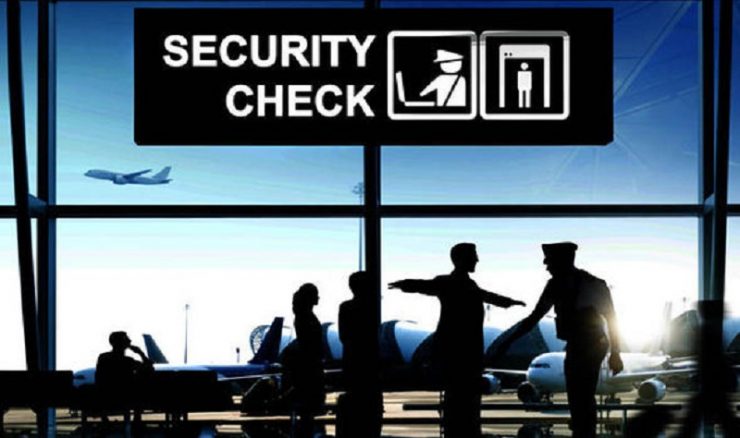OPERATIONAL efficiency is critical to ensuring that Indonesia’s airline industry survives the impact of the new coronavirus pandemic.
According to Director of Engineering at PT Angkasa Pura II Agus Wialdi noted in a press statement said the airports, under AP II, are currently operating by adapting themselves to passenger and flight traffic.
Despite operational efficiency being applied, AP II ensures that its airports continue to operate to maintain the country’s air transport connectivity.
“In applying this operational efficiency strategy, the Soekarno-Hatta International Airport authority suspended the Skytrain service. In its place, a shuttle bus service has been started to connect passengers to all the airport’s terminals,” he stated.
He explained that the Soekarno-Hatta International Airport’s Transit Oriented Development (TOD) has also been closed temporarily for implementing operational efficiency and facilitating the public to practice physical distancing measures, Wialdi noted.
“By and large, the operational efficiency strategy is dominantly applied to lower electricity consumed by non-prioritized facilities at the airport, such as air conditioners, without overlooking the criticality of security, safety, health, and service,” he noted.
Agus Wialdi affirmed that electricity consumption can be reduced to 46 percent, he stated, adding that 19 airports, under AP II, had also applied operational efficiency in capital expenditures; in water consumption, up to 60 percent; and in the use of operational vehicles.
“With the application of this efficiency strategy, all airports, under AP II, can still operate optimally and also remain ready for serving flights permitted by Transportation Minister’s Regulation Number 25 of 2020,” he stated.
The ministerial regulation stipulates that all airlines are not allowed to serve domestic flight routes to cities that have enforced the large-scale social restriction and distancing measures in an endeavor to break the chain of COVID-19.
“The coronavirus outbreak initially struck the Chinese city of Wuhan at the end of 2019, but it then spread to various parts of the world, including countries in the Asia-Pacific region. The Indonesian government officially announced the country’s first confirmed cases on March 2. Since then, central and regional governments across the country have continually striven to flatten the curve by imposing healthcare protocols and social restrictions,” he concluded. [antaranews/photo special]
















